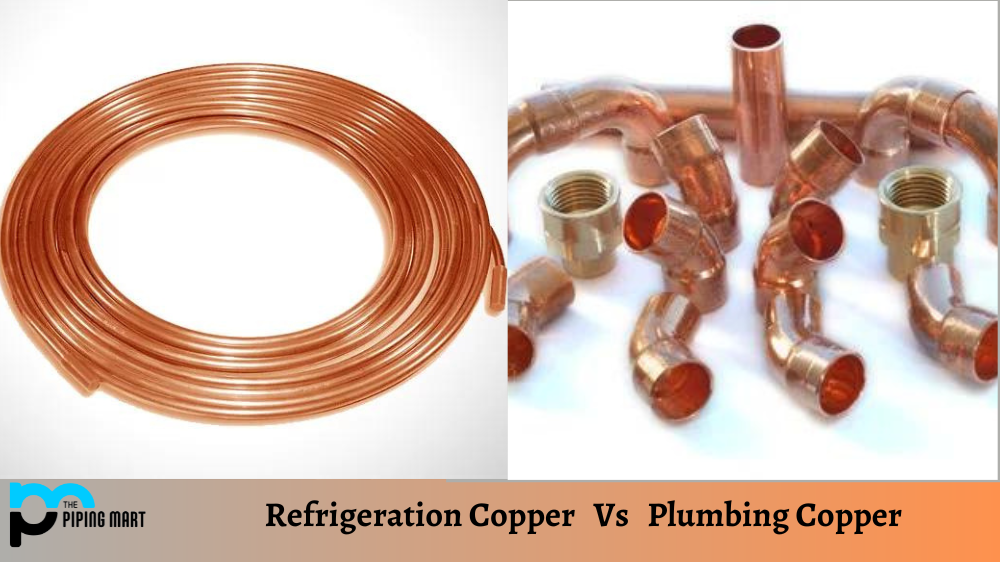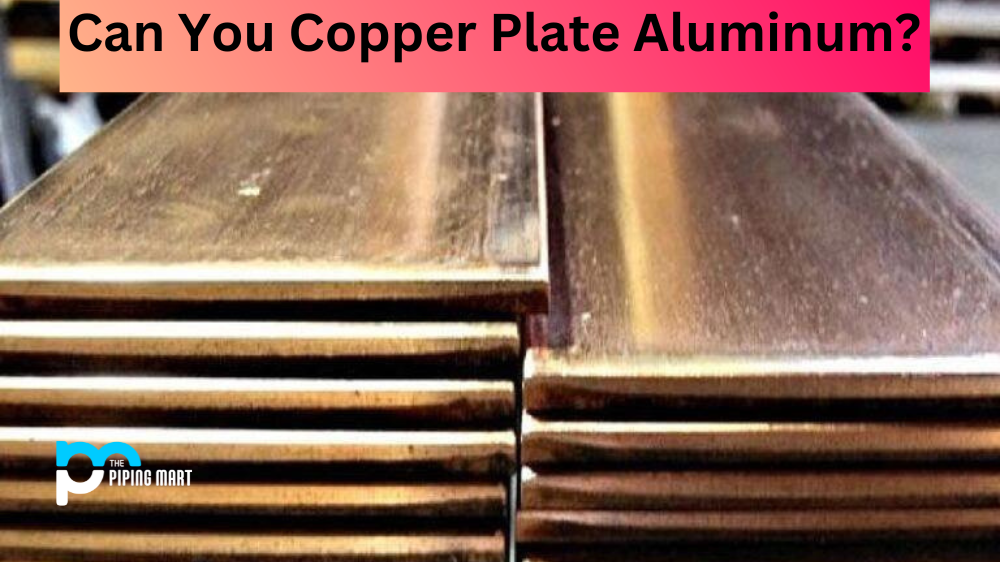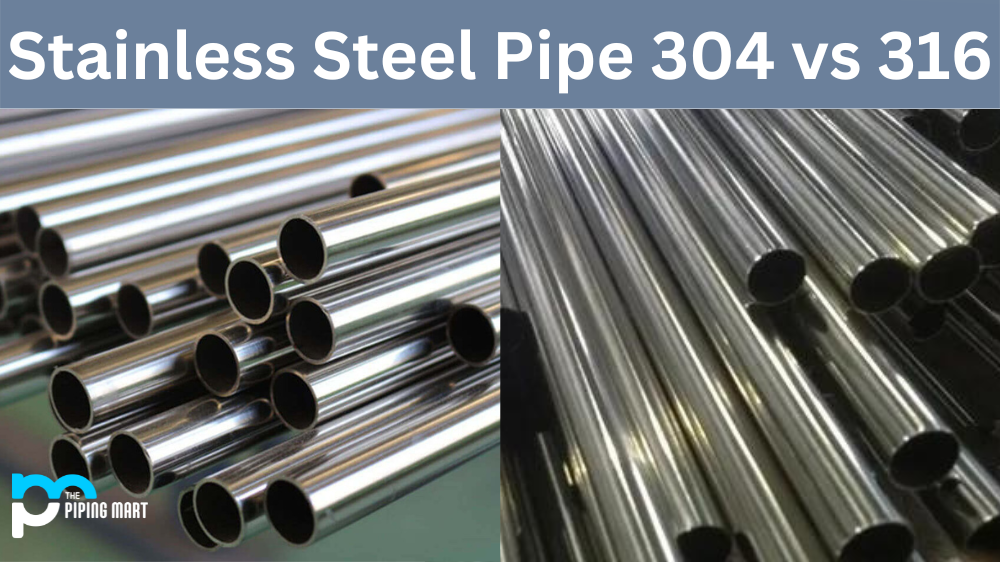Copper is one of the most versatile elements in the construction industry. It can be used for various purposes, from electrical wiring to plumbing to refrigeration. While refrigeration and plumbing copper is made from the same material, there are differences between these two types of copper that set them apart. This article will discuss the differences between refrigeration and plumbing copper, so you know which type is best suited for your project.
What is Refrigeration Copper?
Refrigeration copper refers to copper tubing or pipes that are specifically designed for use in refrigeration systems. These refrigeration copper tubing are made from high-quality copper and have excellent thermal conductivity properties, making them ideal for carrying and transferring refrigerant gases in copper pipe for ac
What is Plumbing Copper?
Plumbing copper refers to copper pipes, fittings, and tubing that are commonly used in plumbing systems for residential, commercial, and industrial applications. Copper is chosen for plumbing installations due to its excellent corrosion resistance, durability, and ability to handle high pressures. It is widely used for water supply lines, drains, and waste pipes in plumbing systems. Copper plumbing systems have been trusted for their reliability and longevity for many years.
Types of Copper
The two main types of copper used in construction are soft temper (plumbing) copper and hard temper (refrigeration) copper. Soft temper copper is a more malleable type of copper that is easier to bend and shape into different shapes. It’s also cheaper than hard-tempered copper, making it an ideal choice for DIYers or anyone on a budget looking to complete their projects without breaking the bank. On the other hand, hard-tempered copper is much sturdier and less likely to harm or crack under pressure or stress. It’s also more corrosion-resistant than soft-tempered copper, making it better suited for outdoor use or projects exposed to harsh elements like salt water or high temperatures.
Refrigeration Copper vs Plumbing Copper
Types of Copper Tubing for Plumbing Applications
The type of copper tubing most often used in plumbing applications is called Type L or Type M. This type of hard-drawn plumbing copper pipe has an exterior layer of chromium-zinc alloy that helps to make it more resistant to corrosion from water and other elements. Plumbing copper tubing also helps to reduce the amount of soldering needed for installation. Because this type of copper plumbing is rigid, it can be bent by hand but may require special tools for tighter bends.
Types of Copper Tubing for Refrigeration Applications
The type of copper refrigeration tubing most often used in refrigeration applications is called Type ACR or Air Conditioner & Refrigeration Copper. This type of acr tubing has an interior layer of tin that helps to make it more resistant to corrosion from acids and other compounds found in air conditioning units and refrigerators. Refrigerant copper pipe also reduces the amount of soldering needed for installation because it can easily be bent by hand, making it easier to fit into tight spaces. This type of acr copper tubing can withstand extreme temperatures better than Type L or Type M pipe, making it ideal for use in cold climates where temperatures drop below freezing.
Different Alloys
Refrigeration copper and plumbing copper are two copper alloy types with different properties and applications. Refrigeration copper is a type of copper alloy designed to be used in air conditioning and refrigeration systems. In contrast, plumbing copper is a copper alloy used for plumbing and heating systems.
Different Purities
Refrigeration copper and plumbing copper also differ in their purity levels. Refrigeration copper typically has a purity level of 99.9%, while plumbing copper usually has a purity level of 95%. The higher purity level of refrigerant copper tube makes it more corrosion-resistant, which is important for air conditioning and refrigeration systems.
Different Temperatures
Refrigeration copper and plumbing copper also differ in terms of their temperature ranges. Refrigeration copper can withstand temperatures up to 400°F, while plumbing copper can withstand temperatures up to 600°F. This difference in temperature range means that refrigerant pipe material must be used in air conditioning and refrigeration systems, while plumbing copper must be used in plumbing and heating systems.
Different Cost
Another difference between refrigeration and plumbing copper is the cost of each material. Refrigeration Copper tends to be more expensive than Plumbing Copper due to its higher purity level, which requires more energy to produce it, and additional costs associated with shipping it due to its weight. However, the higher cost may be worth it due to the increased durability provided by the higher purity level of Refrigeration Copper compared to Plumbing Copper.
Uses
The main difference between refrigeration and plumbing coppers lies in their intended uses. Refrigeration coppers are explicitly designed for copper pipe used in ac or chillers. It’s thicker than regular soft temper pipe and features unique insulation properties, making it better suited for cold liquids or gasses than standard plumbing pipe. On the other hand, plumbing coppers are explicitly designed for hot water applications such as water heaters or boilers. Unlike refrigerant coppers, it doesn’t have any unique insulation properties. Still, its greater flexibility makes it easier to work with when connecting pipes together or fitting into tight spaces around sinks or toilets.
Conclusion
In conclusion, several differences between refrigeration and plumbing coppers make them suitable for different applications. Knowing these differences can help you decide which type of piping material is right for your project so you can get the job done right—and on time! If you need assistance determining which type of pipe material best suits your needs, don’t hesitate to reach out to a professional plumber who can help guide you through the process! With research and understanding about what makes each type of piping unique, you can ensure your project runs smoothly from start to finish!

Pipingmart is a B2B portal that specializes in metal, industrial and piping items. Additionally, we share the latest information and information about materials, products and various types of grades to assist businesses that are involved in this business.





I’m planning a project that involves both plumbing and refrigeration systems. Is it possible to use a single type of copper tubing for both applications, or is it best to stick with their respective types (plumbing copper for plumbing and refrigeration copper for refrigeration)?
It’s generally recommended to use specific types of copper tubing for their intended applications. Plumbing copper is designed for carrying water and is usually thinner, while refrigeration copper is designed to handle refrigerants and is typically thicker and has a different wall thickness. It’s best to stick with their respective types for optimal performance and safety in your project.